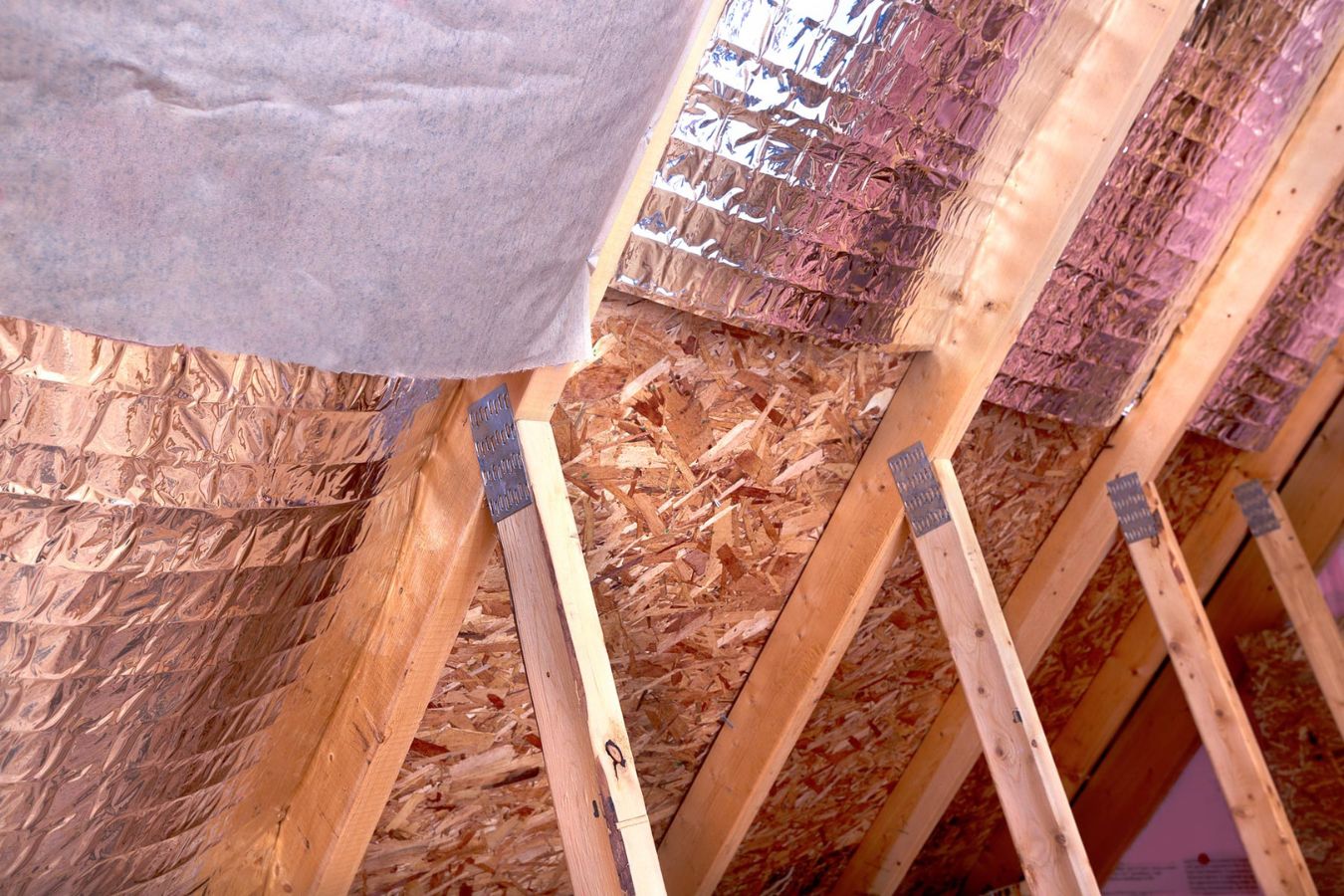

Articles
What Is Radiant Barrier Insulation
Modified: January 23, 2024
Learn all about radiant barrier insulation in this informative collection of articles. Discover how it works and its benefits for energy efficiency.
(Many of the links in this article redirect to a specific reviewed product. Your purchase of these products through affiliate links helps to generate commission for Storables.com, at no extra cost. Learn more)
Introduction
When it comes to optimizing our homes for energy efficiency, we often focus on insulation. We insulate our walls, roofs, and floors to prevent heat transfer and keep our homes comfortable year-round. While traditional insulation is effective at minimizing conductive heat transfer, there is another type of insulation that tackles a different form of heat transfer: radiant heat. This insulation is known as radiant barrier insulation.
Radiant barrier insulation is a type of insulation that is specifically designed to reflect radiant heat. Unlike traditional insulation, which primarily slows down conductive heat transfer, radiant barrier insulation works by preventing radiant heat from being absorbed into the home. This type of insulation is particularly effective in areas with hot climates or high levels of sun exposure.
But how does radiant barrier insulation work? What are the benefits of installing it in our homes? And how much does it cost? In this article, we will explore the answers to these questions and more, providing you with a comprehensive guide to radiant barrier insulation.
Key Takeaways:
- Radiant barrier insulation reflects radiant heat, reducing energy consumption and improving HVAC efficiency. It’s a cost-effective way to enhance home comfort, especially in hot climates.
- Professional installation of radiant barrier insulation is crucial for optimal results. Choose the right type of insulation based on your home’s specific needs and budget.
Read more: How To Install Radiant Barrier Insulation
Definition of Radiant Barrier Insulation
Radiant barrier insulation is a specialized type of insulation that is designed to reflect radiant heat rather than absorb or slow down its transfer. It is typically used in attics, roofs, and walls to reduce the amount of heat that enters the living space, especially in hot climates or areas with high levels of sun exposure.
Radiant heat is a form of energy that travels in the form of electromagnetic waves. It can be generated by the sun, as well as by heat radiating from other sources such as hot surfaces. Unlike conductive heat transfer, which occurs through direct contact or by touching a hot surface, radiant heat transfer can occur even at a distance.
Radiant barrier insulation works by using reflective materials to bounce back radiant heat that strikes its surface. It is typically composed of a reflective material, such as aluminum foil, that is either applied to a substrate or incorporated into a multi-layered insulation system.
When radiant heat strikes the surface of the radiant barrier insulation, it is reflected back towards its source. This helps to prevent the heat from being absorbed by the insulation and transferred into the living space. By reducing the amount of radiant heat that enters the home, radiant barrier insulation helps to keep temperatures more comfortable and reduces the need for air conditioning, leading to energy savings and lower utility bills.
It is important to note that radiant barrier insulation is not a replacement for traditional insulation. Rather, it is a complementary technology that works alongside traditional insulation to provide enhanced energy efficiency and comfort. By combining radiant barrier insulation with other insulation materials, such as fiberglass or spray foam, homeowners can create a comprehensive insulation system that addresses both conductive and radiant heat transfer.
How Radiant Barrier Insulation Works
Radiant barrier insulation works by utilizing the principle of reflection to minimize the transfer of radiant heat. Unlike traditional insulation, which primarily slows down conductive heat transfer, radiant barrier insulation is specifically designed to address the transfer of radiant heat.
When the sun’s rays or radiant heat from other sources hit the surface of a radiant barrier, the reflective material, typically made of aluminum foil, reflects the radiant heat back in the direction it came from. This means that instead of the heat being absorbed by the insulation, it is reflected away, reducing the amount of heat that enters the living space.
The effectiveness of a radiant barrier depends on its ability to reflect radiant heat. The reflective material used in radiant barrier insulation has a high reflectivity and low emissivity. Reflectivity refers to the amount of radiant heat that is reflected, while emissivity refers to the amount of radiant heat that is emitted or absorbed. A high reflectivity means that a larger portion of the radiant heat is reflected, while a low emissivity means that less heat is absorbed.
In addition to the reflective material, radiant barrier insulation also incorporates an air gap. The air gap serves as an additional barrier to heat transfer. Air is a poor conductor of heat, so by creating an air gap between the radiant barrier and the other layers of insulation, the transfer of heat is further minimized.
It is important to note that radiant barrier insulation is most effective in hot climates or areas with high levels of sun exposure. In these settings, the sun’s radiation is the primary source of radiant heat. By reflecting the majority of this heat away from the living space, radiant barrier insulation helps to keep the interior cooler and reduces the load on the HVAC system, leading to energy savings.
While radiant barrier insulation can be installed on its own, it is often used in conjunction with other types of insulation, such as fiberglass or spray foam. This combination addresses both conductive and radiant heat transfer, providing a comprehensive insulation system that maximizes energy efficiency and comfort.
Benefits of Radiant Barrier Insulation
Radiant barrier insulation offers several benefits for homeowners seeking to improve the energy efficiency and comfort of their homes. Here are some key advantages of installing radiant barrier insulation:
- Reduced Energy Consumption: By reflecting the majority of radiant heat away from the living space, radiant barrier insulation helps to keep the interior cooler in hot climates or areas with high levels of sun exposure. As a result, homeowners can reduce their reliance on air conditioning, leading to lower energy consumption and cost savings.
- Improved Comfort: By minimizing the transfer of radiant heat, radiant barrier insulation helps to maintain more consistent and comfortable indoor temperatures. It reduces the amount of heat that enters the living space, preventing hot spots and reducing the need for excessive cooling during hot weather.
- Enhanced HVAC Efficiency: With reduced heat gain, the HVAC system doesn’t have to work as hard to cool the home, leading to increased efficiency and potentially extending the lifespan of the system. The HVAC system can operate more effectively and efficiently, resulting in lower energy bills and reduced wear and tear.
- Environmental Impact: By reducing energy consumption, radiant barrier insulation contributes to a lower carbon footprint. It helps to conserve natural resources and mitigates the environmental impact associated with excessive energy use and greenhouse gas emissions.
- Easy Installation: Radiant barrier insulation is relatively easy to install, especially when implemented during new construction or as part of a renovation project. It can be applied to the underside of the roof, attic, or walls. The installation process usually involves securing the insulation with staples, nails, or adhesives.
- Compatibility with Other Insulation: Radiant barrier insulation works well in conjunction with other types of insulation, such as fiberglass or spray foam. By combining different insulation materials, homeowners can create a comprehensive insulation system that addresses both conductive and radiant heat transfer, maximizing energy efficiency.
- Long Lifespan: Radiant barrier insulation is designed to be durable and long-lasting. With proper installation and maintenance, it can provide the desired benefits for many years without needing replacement or significant upkeep.
Overall, radiant barrier insulation offers a cost-effective way to improve home energy efficiency, reduce reliance on air conditioning, and enhance comfort levels. It is a valuable addition to homes located in hot climates or areas with high levels of sun exposure.
Radiant barrier insulation is a reflective material that helps to reduce heat transfer in homes by reflecting radiant heat. It is most effective in hot climates and can be installed in attics to improve energy efficiency.
Installation of Radiant Barrier Insulation
The installation of radiant barrier insulation typically occurs in the attic, roof, or walls of a home. While it is possible to install radiant barrier insulation as a DIY project, it is recommended to hire a professional installer for optimal results. Here are the primary steps involved in the installation process:
- Assessment and Preparation: Before starting the installation, a professional installer will assess the attic, roof, or wall to determine the most suitable application method and the amount of insulation required. They will also inspect for any existing insulation that may need to be removed or adjusted.
- Clean and Prep the Surface: The installation area must be clean and free from any debris, dust, or obstructions. The installer will ensure that the surface is smooth and dry before proceeding.
- Measure and Cut the Radiant Barrier: The installer will measure the dimensions of the installation area and cut the radiant barrier insulation to fit. It is essential to allow for a small overlap at the seams to ensure maximum coverage and efficiency.
- Secure the Radiant Barrier: The installer will secure the radiant barrier insulation to the desired surface using appropriate fasteners such as staples, nails, or adhesives. The insulation should be evenly and tightly secured to prevent any sagging or gaps.
- Seal and Insulate: To optimize the energy efficiency, the installer may recommend sealing any gaps, cracks, or openings in the attic or walls before installing the radiant barrier insulation. This helps to minimize air leakage and further enhance the insulation’s effectiveness.
- Create Ventilation Space: It is crucial to provide a space for air ventilation to prevent moisture buildup. The installer will ensure that there is an adequate gap between the radiant barrier insulation and the roof or attic surface, allowing for proper airflow.
- Inspect and Test: Once the installation is complete, the installer will inspect the work to verify proper coverage and ensure that the radiant barrier insulation is secured correctly.
- Maintain and Monitor: Regular maintenance and monitoring of the radiant barrier insulation are necessary to ensure its long-term effectiveness. This may include periodic inspections, cleaning, and addressing any potential damage or issues that may arise.
It is crucial to follow local building codes and regulations during the installation process. Additionally, it is recommended to consult with a professional installer who has experience in working with radiant barrier insulation to ensure a proper and effective installation.
Read more: What Is A Vapor Barrier For Insulation
Types of Radiant Barrier Insulation
There are several types of radiant barrier insulation available on the market today. Each type has its own unique features, installation methods, and compatibility with different areas of the home. Here are some common types of radiant barrier insulation:
- Foil Radiant Barrier: Foil radiant barrier insulation is one of the most popular types. It typically consists of a reflective aluminum foil material that is either reinforced or laminated with other materials for added strength and durability. Foil radiant barriers are highly effective at reflecting radiant heat and can be installed in attics, roofs, walls, or crawl spaces. They can be applied as sheets, rolls, or as part of multi-layered insulation systems.
- Spray-on Radiant Barrier: Spray-on radiant barrier insulation is a liquid solution that can be directly sprayed onto surfaces such as the underside of the roof, walls, or attic. It forms a thin coating that acts as a reflective barrier against radiant heat. Spray-on radiant barriers are particularly useful in areas with irregular or difficult-to-reach spaces. They can be applied to various materials, including metal, wood, concrete, or insulation boards.
- Reflective Insulation: Reflective insulation is a versatile type of radiant barrier that incorporates a reflective layer, often made of aluminum foil, sandwiched between two layers of insulation material, such as foam or fiberglass. This combination provides both radiant heat reflection and additional thermal resistance. Reflective insulation can be installed in various areas of the home, including walls, attics, and roofs.
- Radiant Barrier Paint: Radiant barrier paint is a coating applied to surfaces such as the underside of the roof or walls. It contains reflective particles that deflect radiant heat. Radiant barrier paint is typically applied using a brush, roller, or spray equipment. While not as effective as other types of radiant barrier insulation, it can still provide some degree of heat reflection.
- Radiant Barrier Foil Insulation: Radiant barrier foil insulation combines the effectiveness of radiant barriers and traditional insulation. It consists of a layer of reflective foil material bonded to flexible insulation, such as fiberglass or foam. This combination provides both radiant heat reflection and thermal resistance, making it an excellent choice for areas with high heat gain and loss.
- Bubble Radiant Barrier: Bubble radiant barrier insulation consists of a layer of reflective material, typically aluminum foil, with enclosed air bubbles. The air bubbles provide additional insulation and create a moisture barrier. Bubble radiant barriers are lightweight and easy to install. They are often used in crawl spaces, basements, or as a temporary insulation solution.
It is important to choose the appropriate type of radiant barrier insulation based on the specific needs and requirements of your home. Consider factors such as installation location, insulation performance, compatibility with other insulating materials, and budget when selecting the right type of radiant barrier insulation for your home.
Cost of Radiant Barrier Insulation
The cost of radiant barrier insulation can vary depending on several factors, including the type of insulation, the size of the installation area, the complexity of the installation, and the region where you are located. Here are some key cost considerations when it comes to radiant barrier insulation:
- Type of Insulation: The cost of radiant barrier insulation can vary based on the type of insulation you choose. Foil radiant barriers tend to be more affordable compared to other types like spray-on radiant barrier insulation or reflective insulation.
- Installation Area: The size of the installation area will impact the overall cost. Larger areas, such as expansive roofs or multiple floors, will require more insulation material and may increase the installation cost.
- Installation Complexity: The complexity of the installation can also affect the cost. If the installation area has obstacles, tight spaces, or requires additional preparation work, it may increase the overall cost of the installation.
- Professional Installation vs. DIY: Opting for professional installation will incur additional costs, as you will be paying for the expertise and labor of the installer. However, professional installation ensures that the insulation is properly installed for maximum effectiveness.
- Material Quality and Performance: The cost of radiant barrier insulation can also be influenced by the quality and performance characteristics of the material. Higher-quality materials with better thermal properties may be more expensive upfront but can provide greater long-term energy savings.
- Regional Factors: The cost of radiant barrier insulation can vary based on your location. Factors such as local labor rates, the availability of materials, and market demand can impact pricing variations from one region to another.
On average, the cost of radiant barrier insulation installation can range from $0.50 to $2.50 per square foot. This estimate includes both materials and professional installation. However, it’s important to obtain specific quotes from local contractors to get an accurate cost estimate for your project.
While radiant barrier insulation may have a higher upfront cost compared to traditional insulation, it can lead to long-term energy savings by reducing cooling costs and improving HVAC efficiency. Therefore, it is essential to consider the potential energy savings and benefits when evaluating the overall cost-effectiveness of radiant barrier insulation for your home.
Conclusion
Radiant barrier insulation is a valuable solution for homeowners looking to improve energy efficiency and enhance comfort in their homes. By reflecting radiant heat rather than absorbing it, radiant barrier insulation helps to reduce heat gain during hot weather, resulting in lower dependence on air conditioning systems and decreased energy consumption.
Throughout this article, we have explored the definition and working mechanism of radiant barrier insulation. We have highlighted its benefits, including reduced energy consumption, improved comfort, enhanced HVAC efficiency, and positive environmental impact.
When it comes to the installation of radiant barrier insulation, it is important to seek professional assistance for optimal results. A professional installer will assess the area, prepare the surface, measure and cut the insulation, secure it properly, create ventilation space, and conduct thorough inspections to ensure a successful installation.
There are various types of radiant barrier insulation available, including foil radiant barriers, spray-on insulation, reflective insulation, radiant barrier paint, radiant barrier foil insulation, and bubble radiant barriers. The choice of insulation depends on factors such as installation location, performance requirements, compatibility with other insulation materials, and budget.
Regarding the cost of radiant barrier insulation, it can vary based on factors such as the type of insulation, installation area, complexity, professional installation, material quality, and regional variations. While radiant barrier insulation may have a higher upfront cost compared to traditional insulation, the potential long-term energy savings and increased comfort can make it a cost-effective investment over time.
In conclusion, radiant barrier insulation is a valuable addition to any home, particularly in hot climates or areas with high levels of sun exposure. By properly insulating our homes against radiant heat, we can achieve optimal energy efficiency, reduce our carbon footprint, and create a more comfortable living environment.
Frequently Asked Questions about What Is Radiant Barrier Insulation
Was this page helpful?
At Storables.com, we guarantee accurate and reliable information. Our content, validated by Expert Board Contributors, is crafted following stringent Editorial Policies. We're committed to providing you with well-researched, expert-backed insights for all your informational needs.
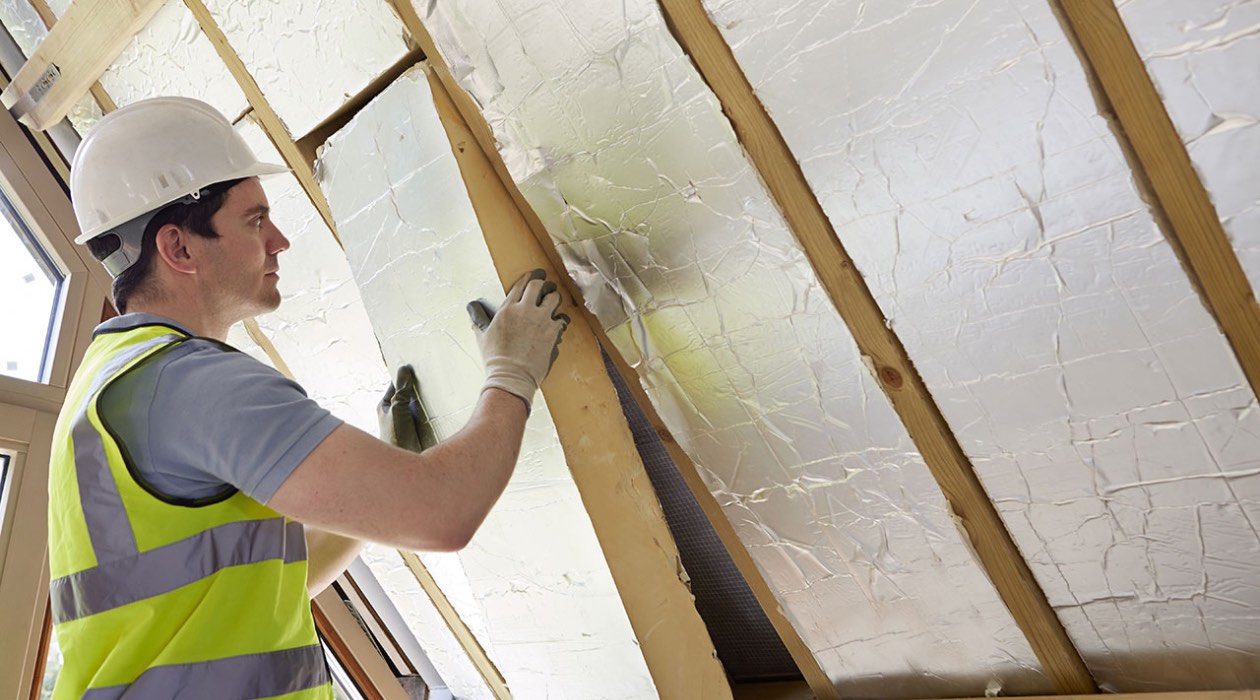
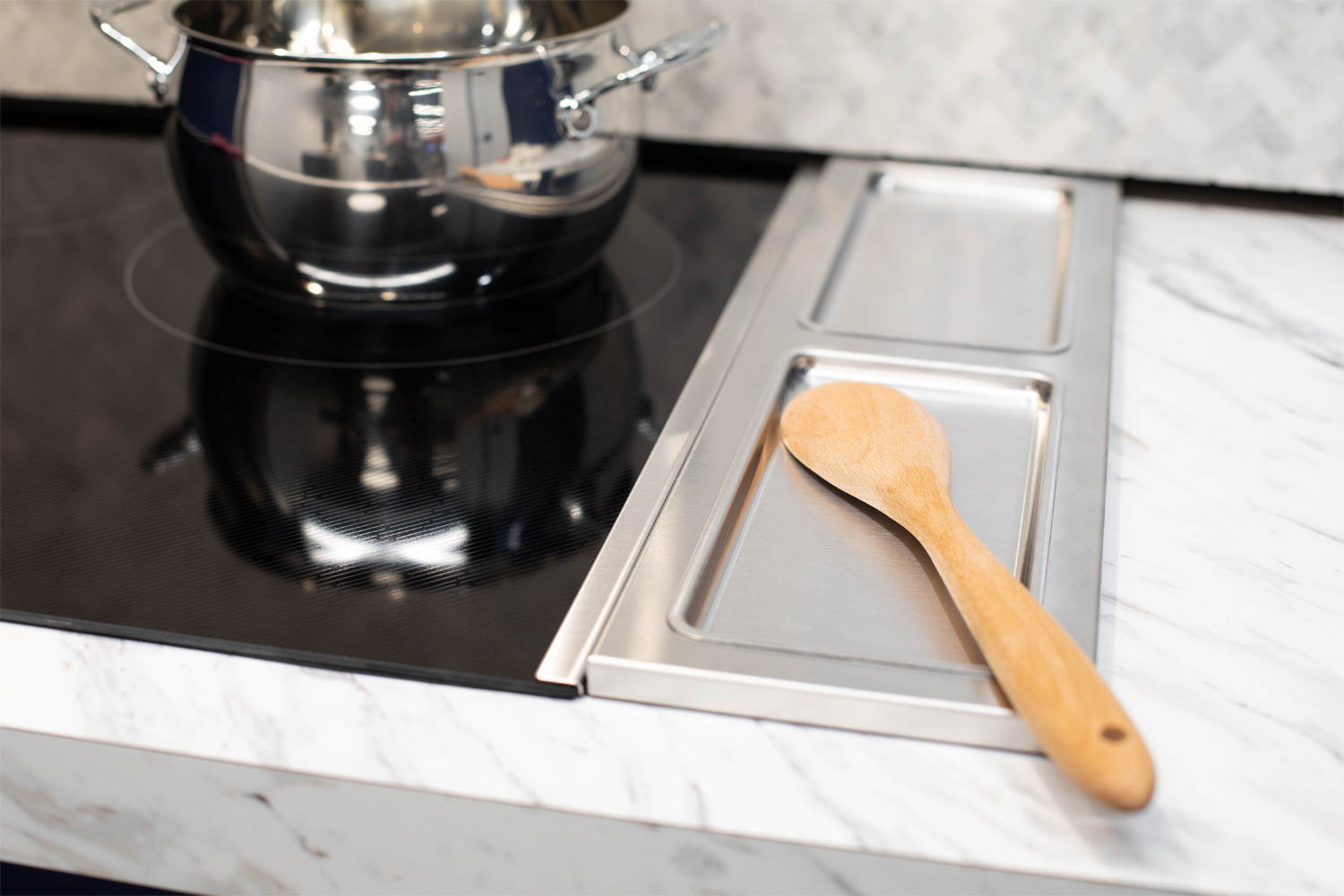
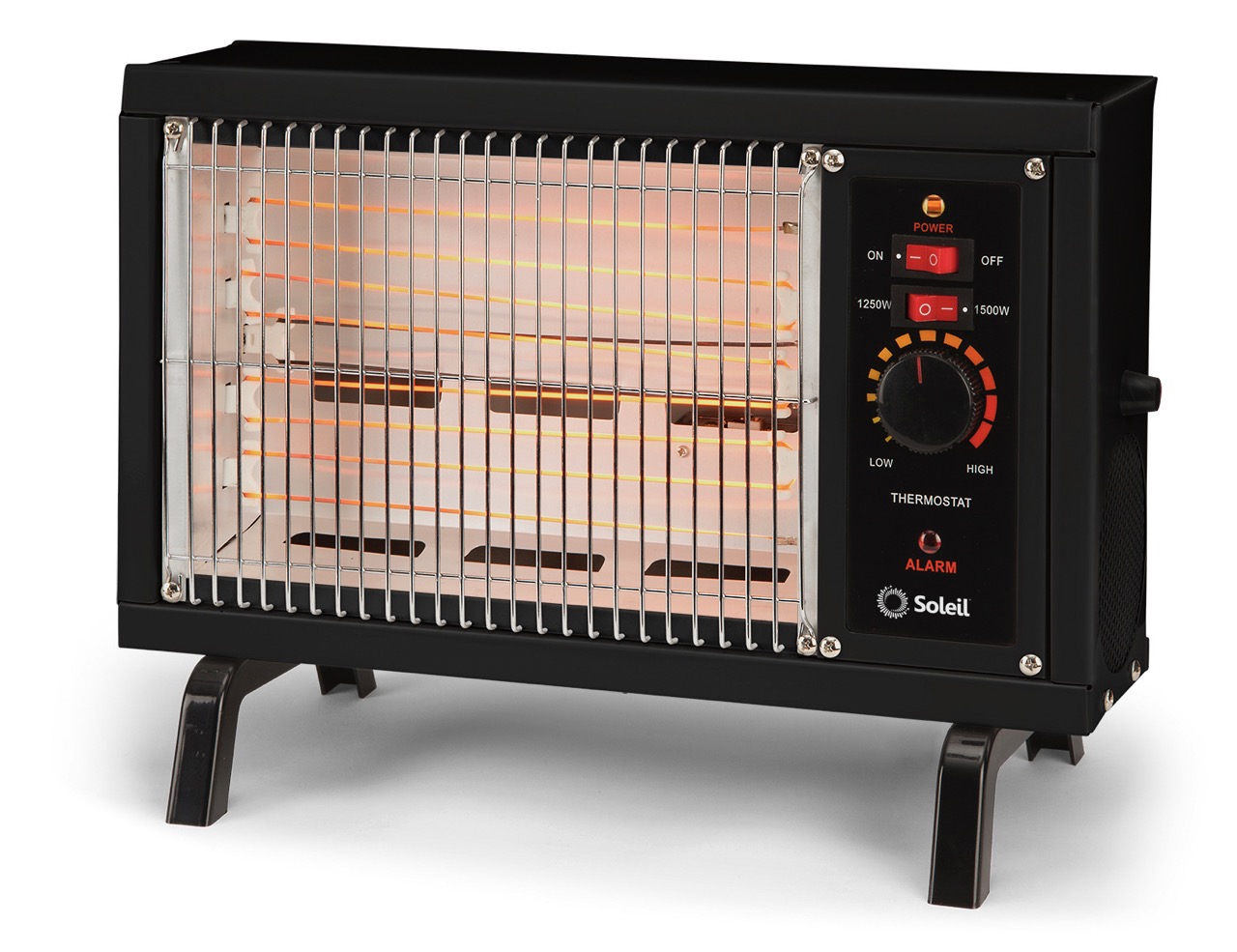
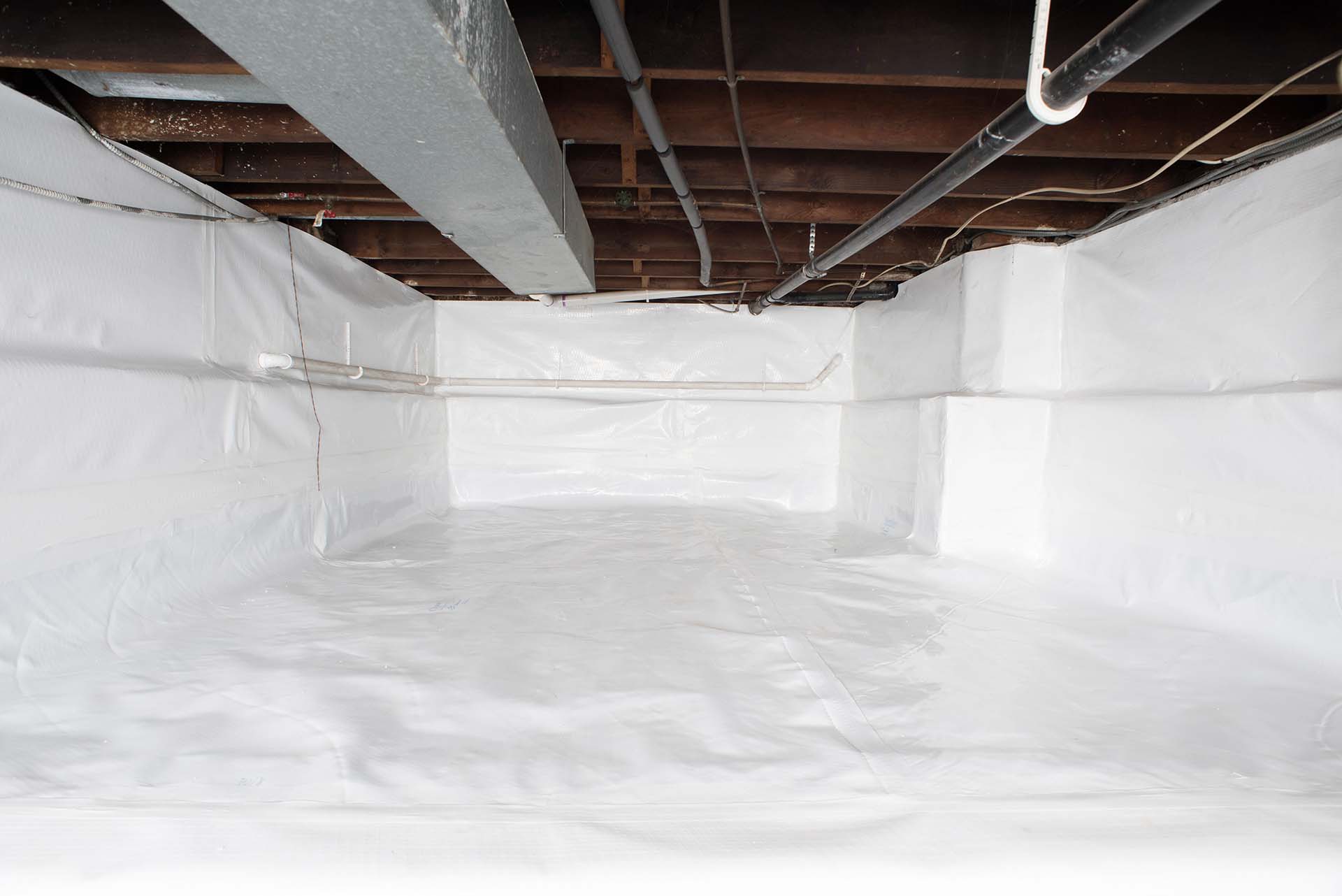
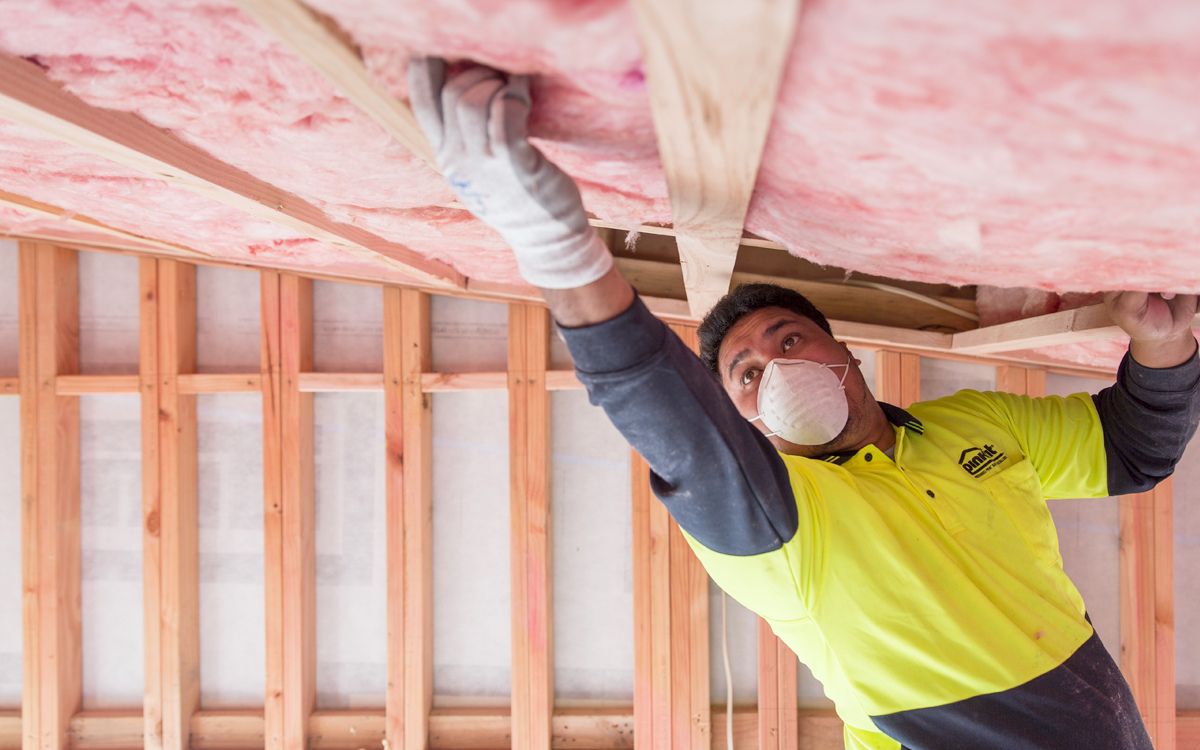
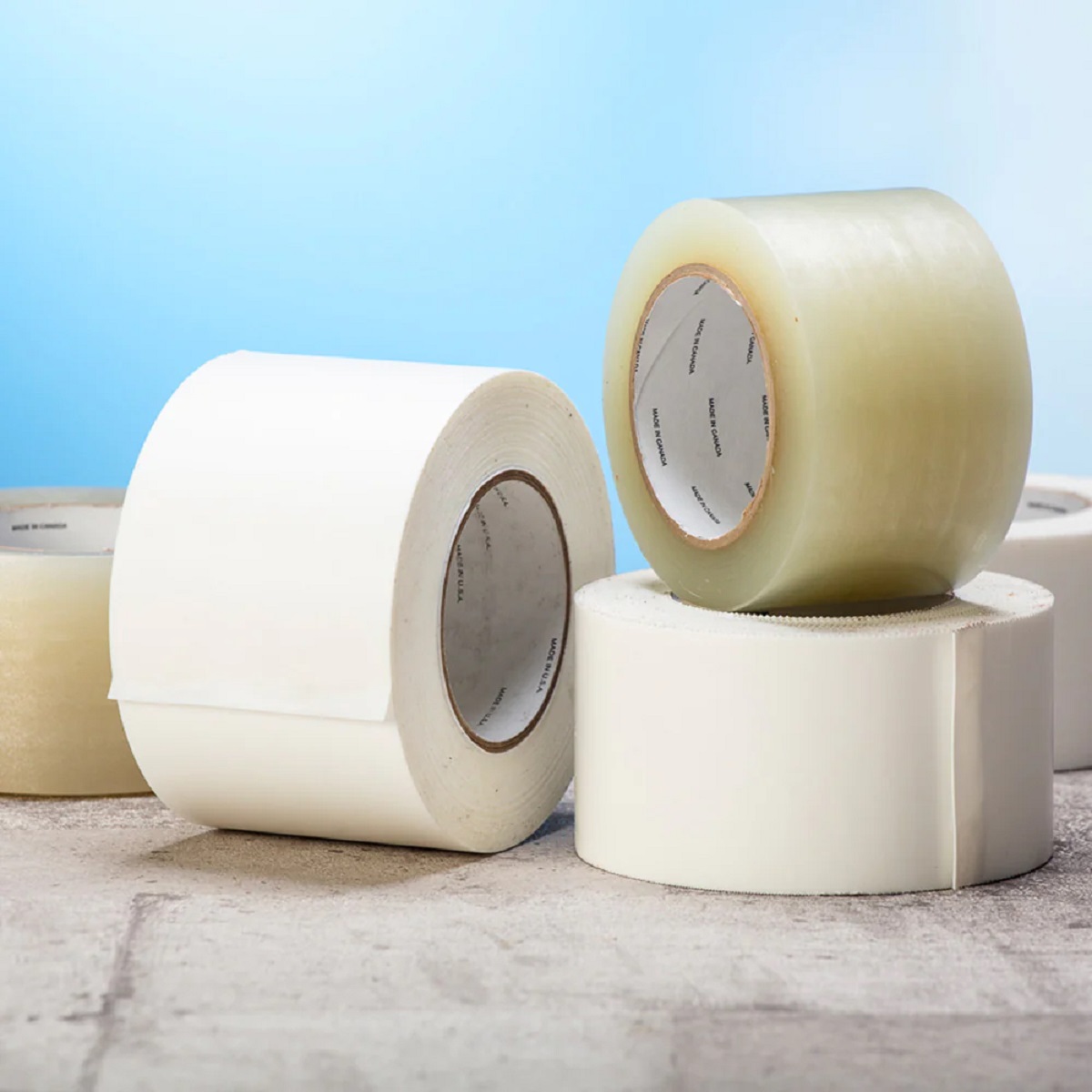
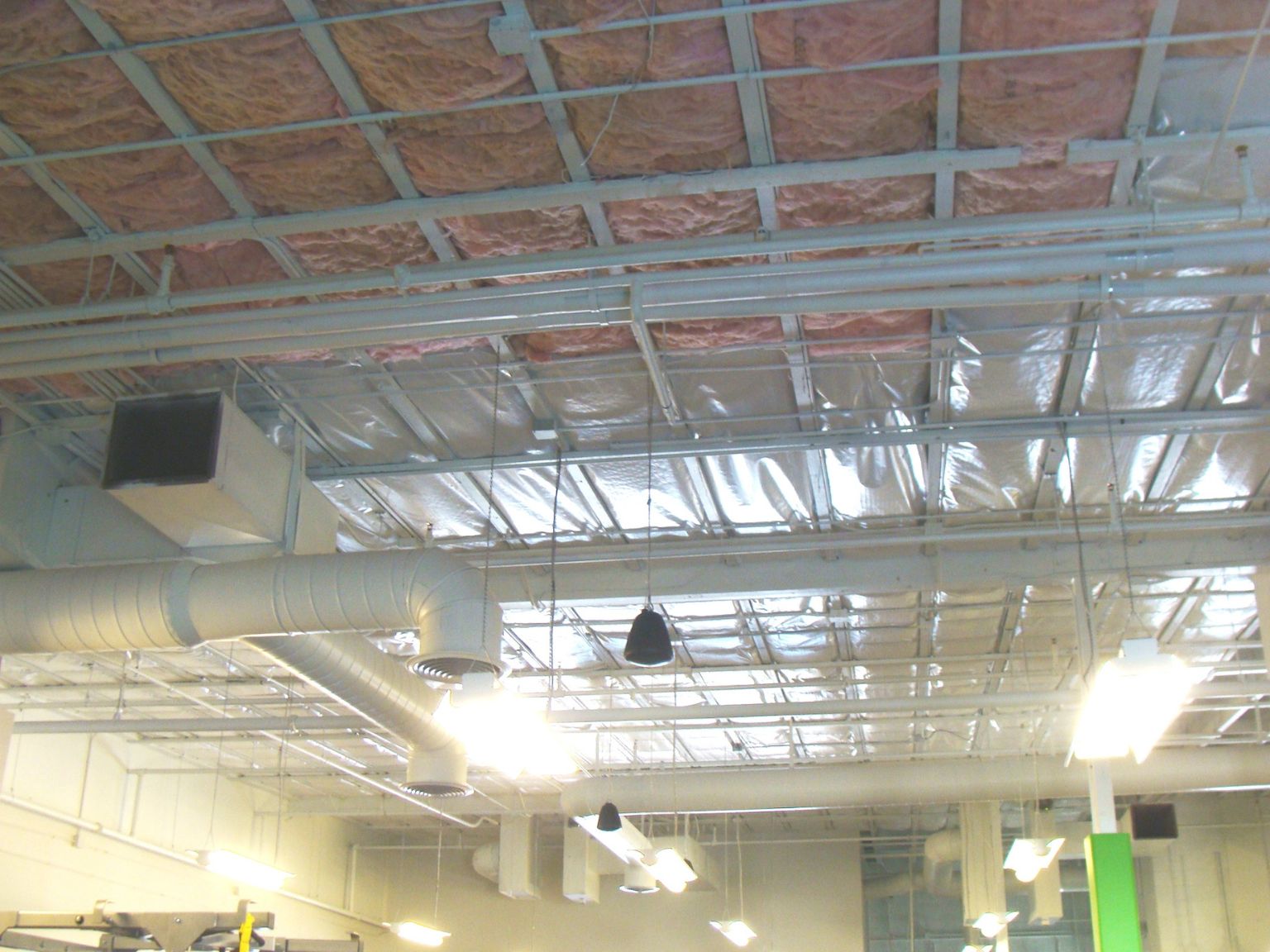
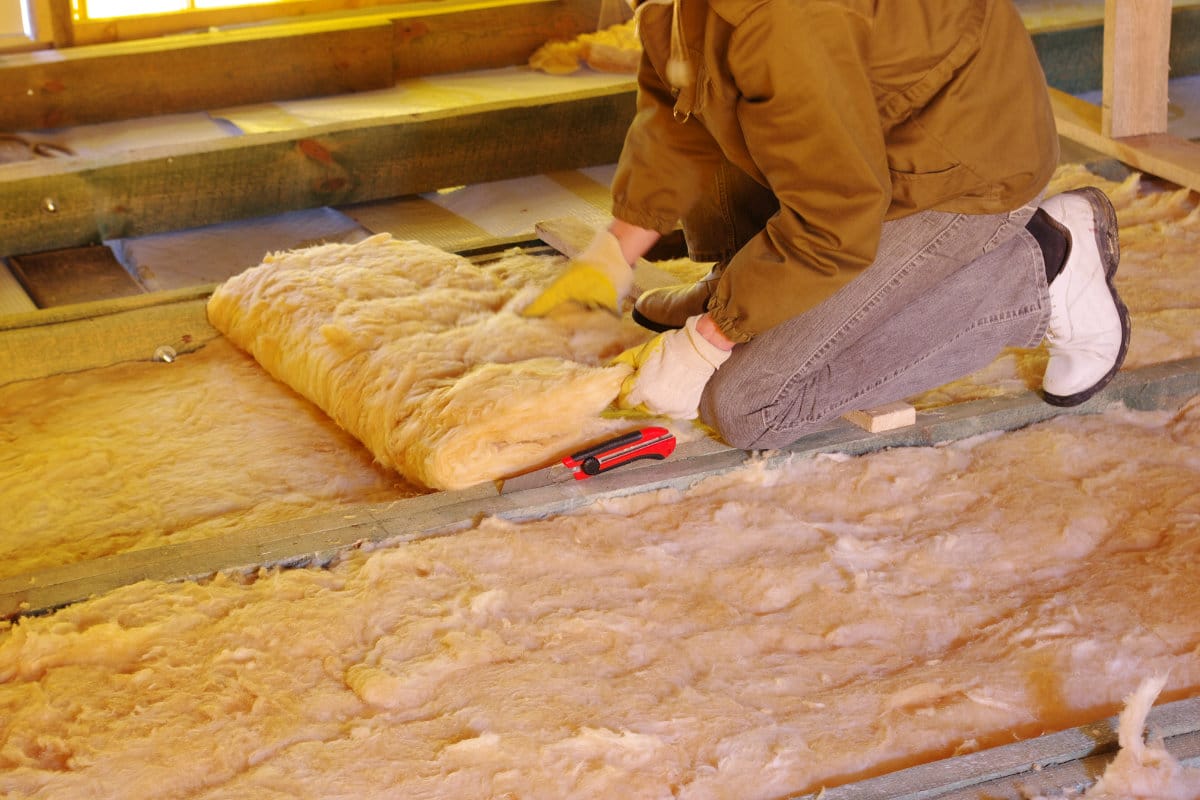
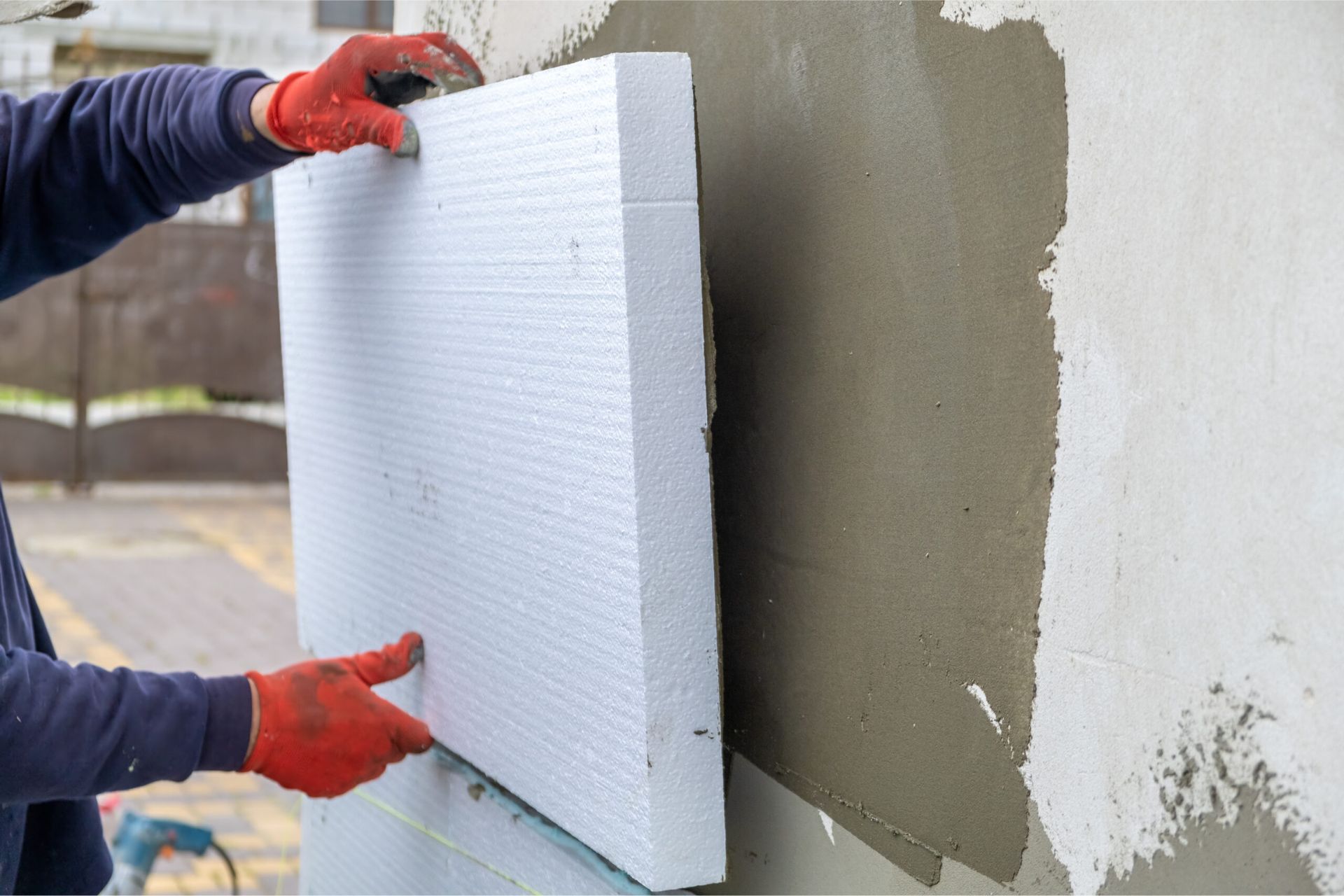
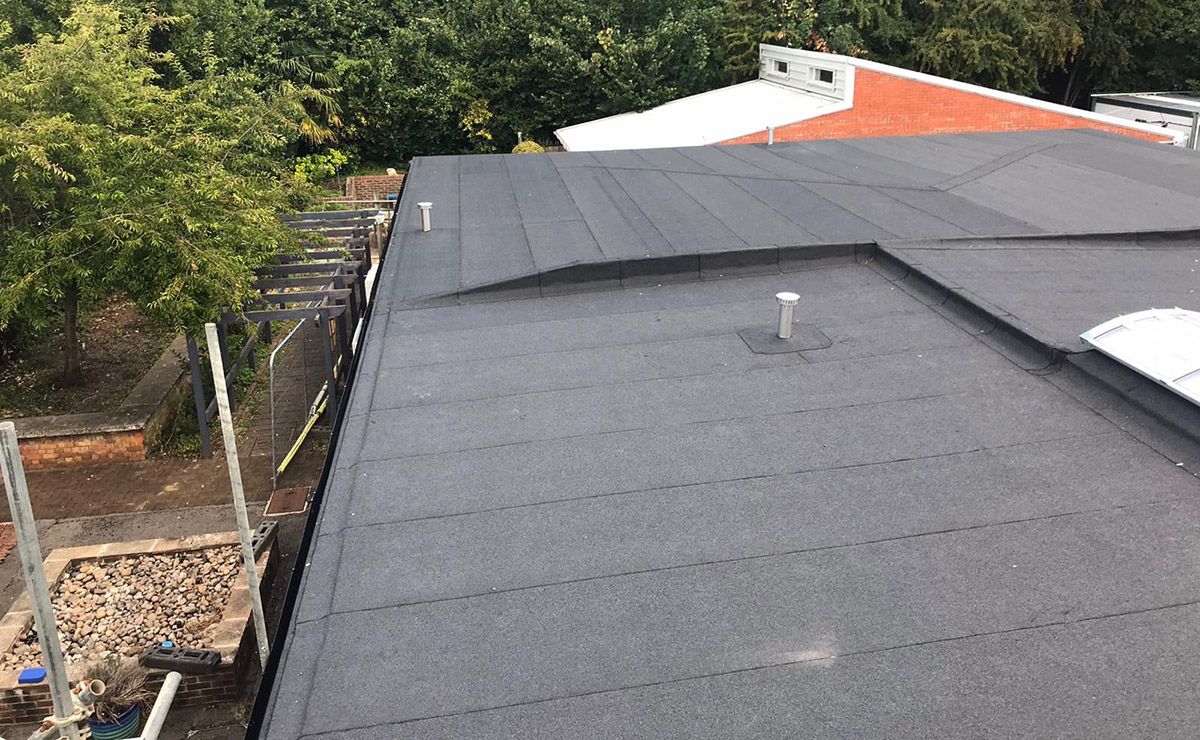
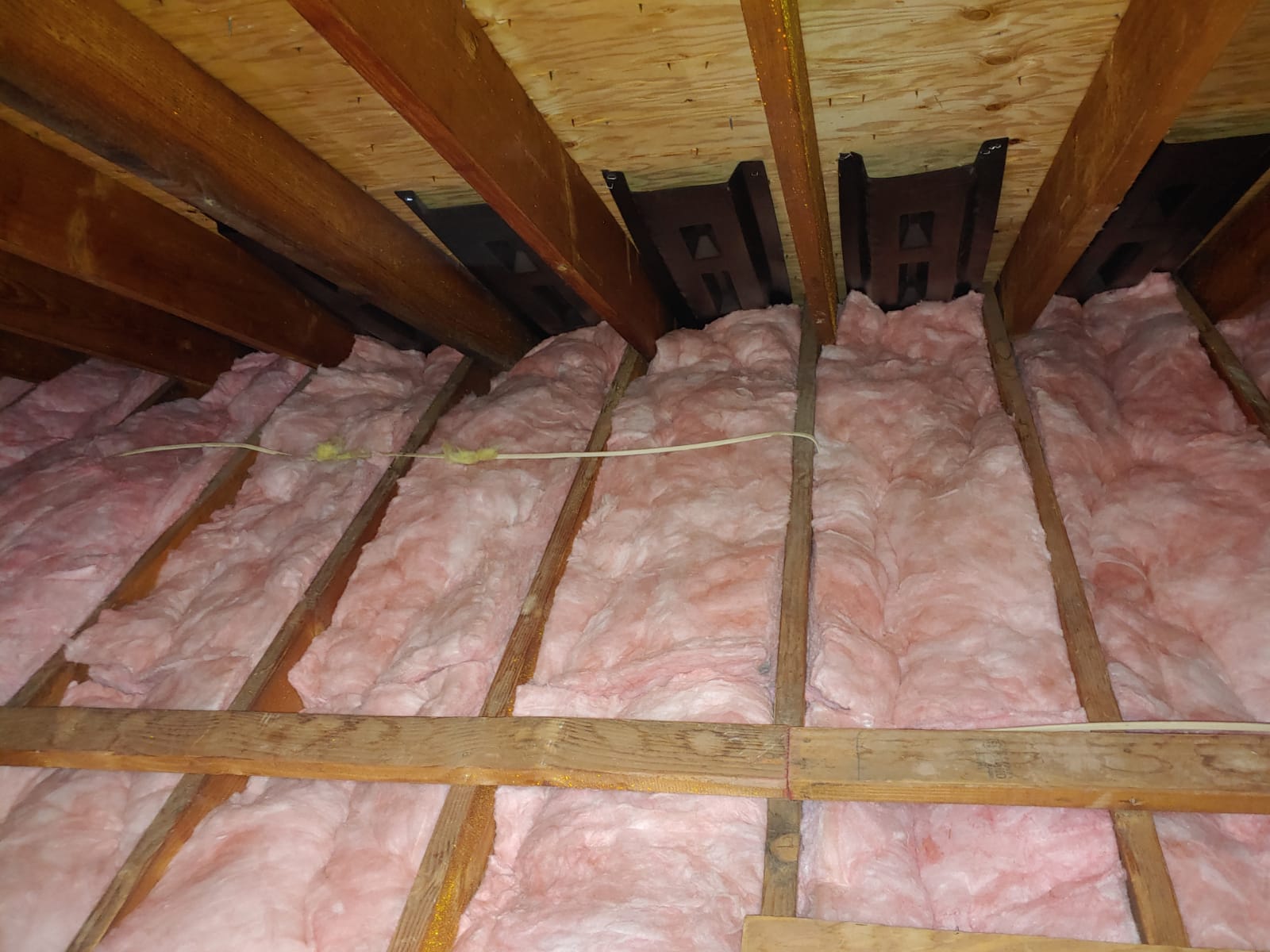
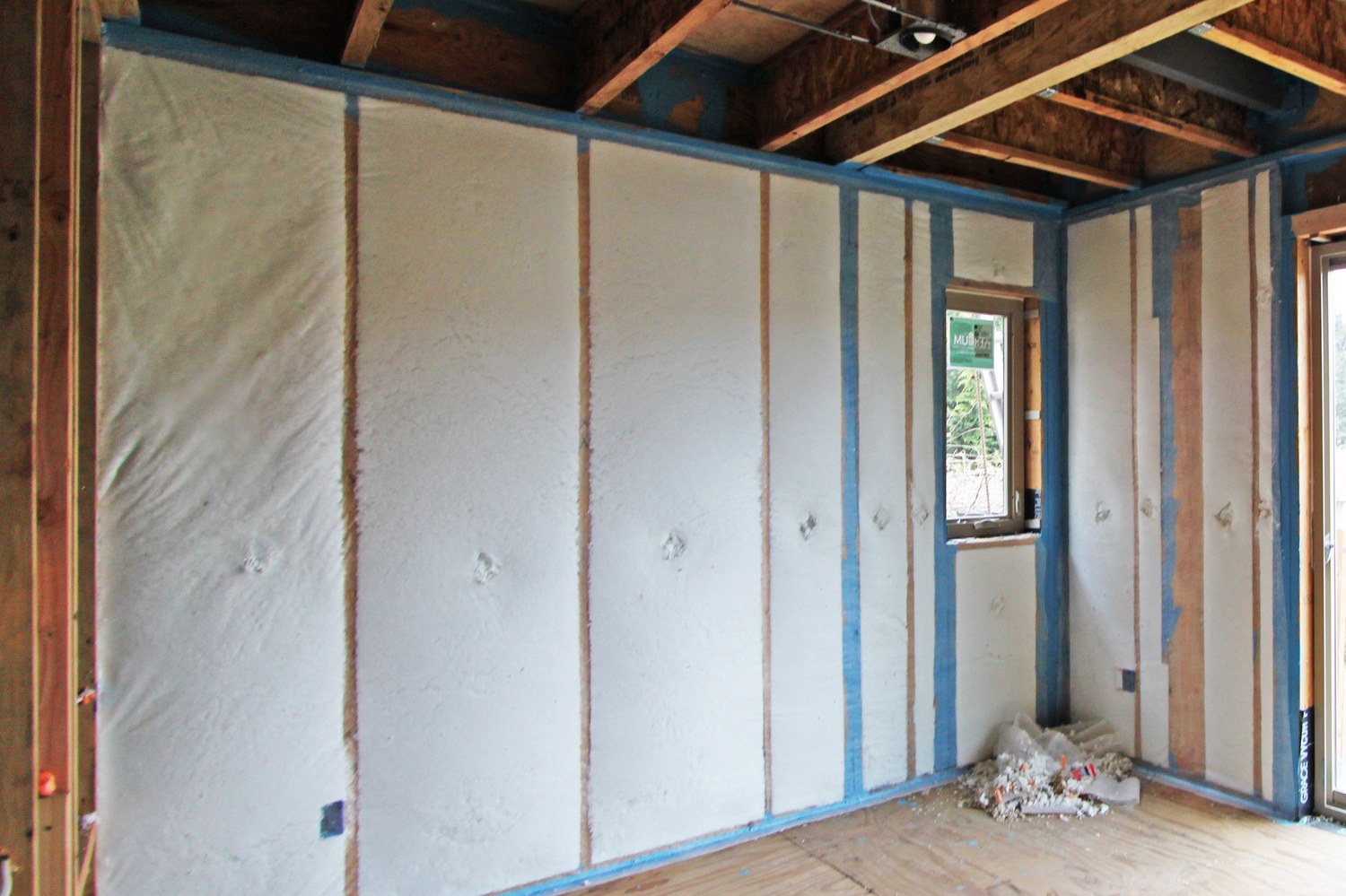
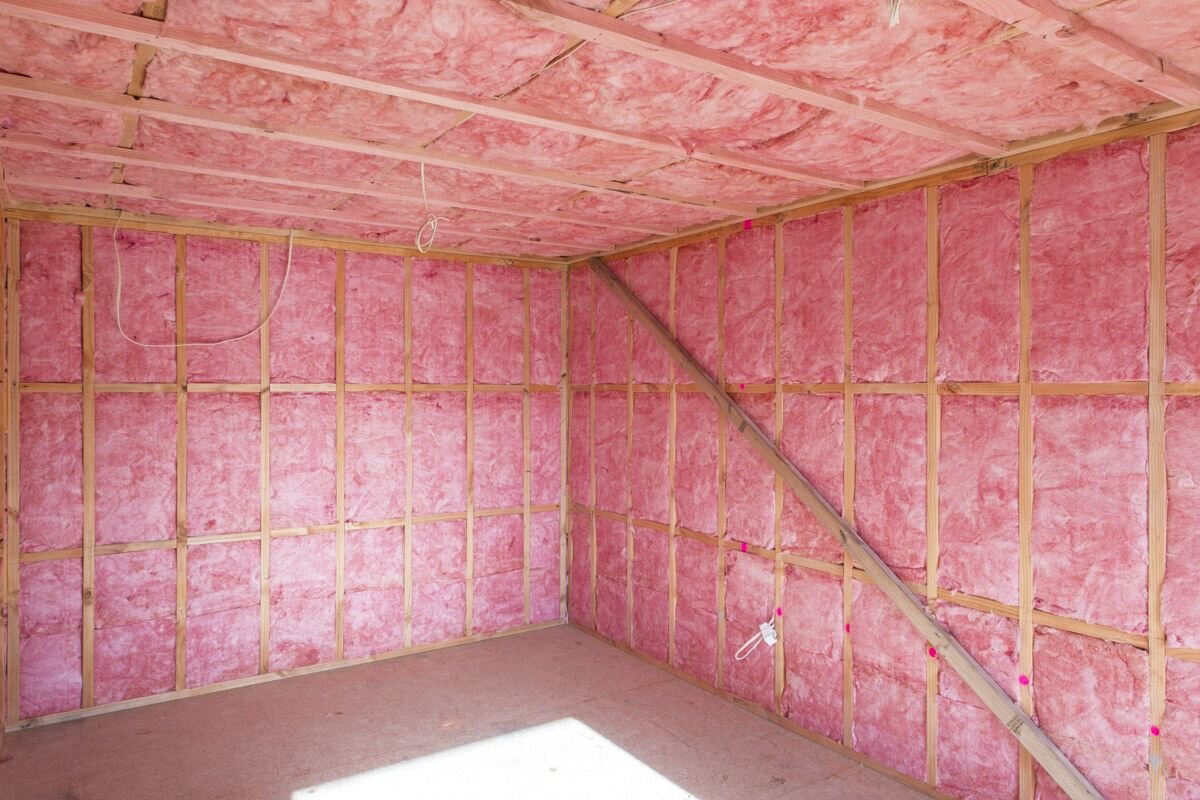
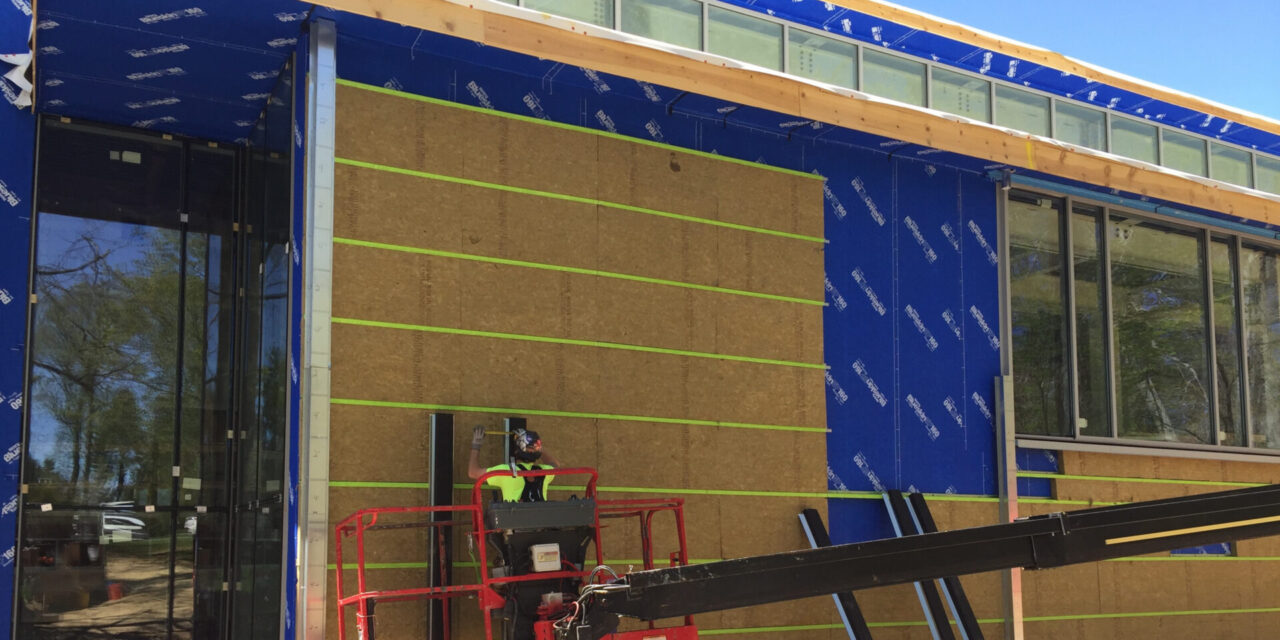

0 thoughts on “What Is Radiant Barrier Insulation”